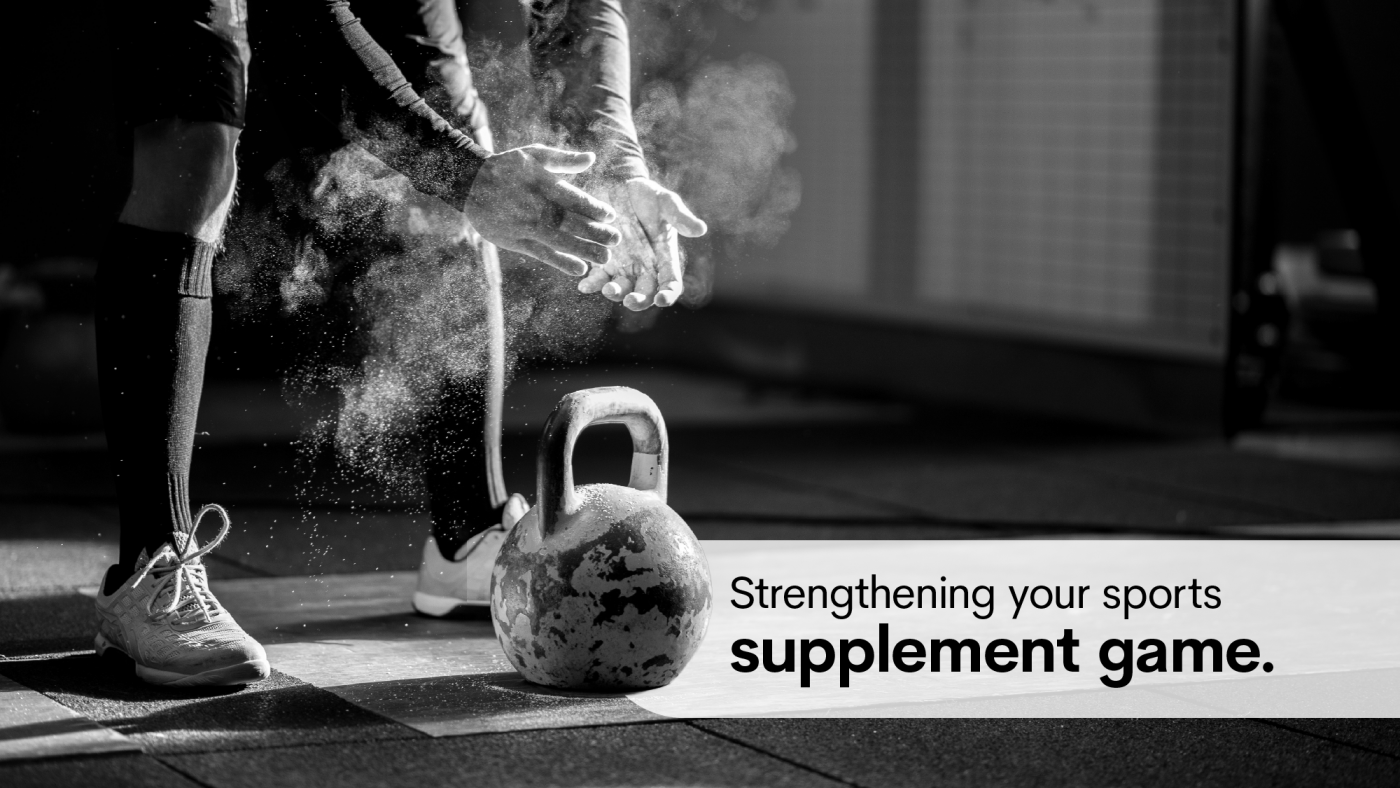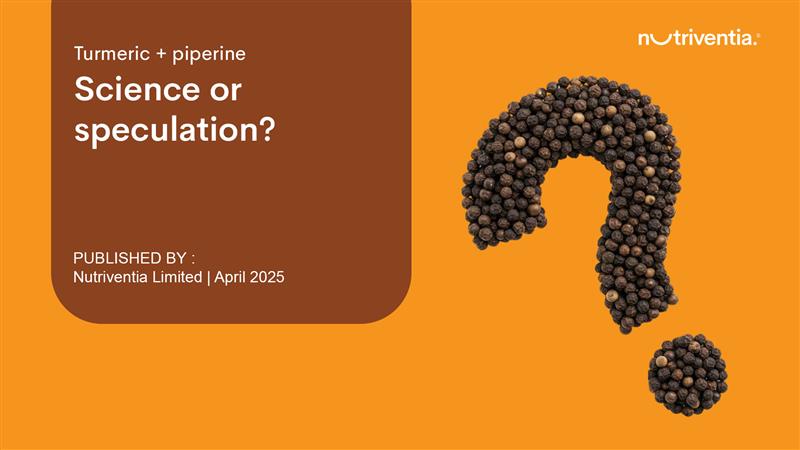Active nutrition is the term that defines the more widespread adoption of supplements for enhanced workouts by non-athletes. Building muscle strength is a cornerstone of physical health and fitness for both hardcore athletes (ie, bodybuilders), and health-proactive individuals. A side effect of strength-oriented workouts is toned musculature.
There are two main types of workouts – aerobic, which burns fat and requires stamina, and resistance or muscle-building. Ideally, both are incorporated into regular fitness routines.
Working with weights regularly helps the common goals of increasing strength and muscle tone. Whether free weights (eg, barbells, kettlebell), or machines, muscle growth and strength gains occur from three sets of between 12 and 15 reps for each muscle group targeted by the weight. A superset can be added which will quicken gains in size; a superset is two to four reps with the highest weight the individual can endure.
How Muscles Grow
Working out with weights targets many of the 650 skeletal muscles. These muscles are activated by motor neurons, which signal the muscles to contract.
After a vigorous workout with weights, the body immediately begins to repair or replace muscle fibers damaged by stress from repetitive high-load contractions. Growth of the muscle occurs when muscle protein synthesis is greater than muscle protein breakdown. And this occurs not when the weight is being lifted, pushed or pulled, but when the body is resting afterward.
According to a paper by exercise physiologist Len Kravitz PhD, “When muscles undergo intense exercise, as from a resistance training bout, there is trauma to the muscle fibers that is referred to as muscle injury or damage in scientific investigations. This disruption to muscle cell organelles activates satellite cells, which are located on the outside of the muscle fibers.”
Muscles grow via three key mechanisms, metabolic stress, muscle damage and muscle tension and these occur by increasing resistance volume (i.e., more weight) and repetitions during the workout.
The hardest part is starting the routine, but once gym-goers get comfortable with their weight workout, they are well on their way to enjoying increasing strength and the improved mobility and power it brings.
The Inflammation Factor
Not too surprisingly, the muscle tears created by weight training induce inflammation. Stressing the muscle through resistance contracture causes the tears that produce higher levels of cytokines being released. These cytokines are charged with repairing the damaged muscle and regulating new growth of muscle cells.
Turmeric: Mighty for Muscles
Turmeric (curcumin, Curcuma longa) has been studied for years as a natural agent that modulates the inflammatory response and has shown to be a strong and viable option.
A unique water-dispersible turmeric extract (TurmXTRA® 60N) demonstrated significant reductions in muscle-ache intensity within 12 hours post-exercise, compared to other turmeric extracts and curcumin supplements. According to the study authors, this water-dispersible turmeric extract proved to be more effective and safer than other turmeric extracts and curcumin supplements for the management of exercise-related skeletal muscle health.
A newly published systematic review and meta-analysis highlights the value of incorporating curcumin into supplement regimens to manage post-exercise muscle soreness and joint discomfort through suppression of several pro-inflammation pathways.
This review highlights a significant finding that only 250 mg once daily TurmXTRA 60N was found to be able to substantially alleviate knee pain and improve joint function in healthy participants. It is important to note that most of the turmeric extract formulations used in the studies reviewed contained approximately 20-40% curcuminoids, but the water-dispersible turmeric extract, WDTE60N, contains 60% natural curcuminoids.
Further, the researchers noted, in the clinical trials for joint health and post-exercise delayed onset muscle soreness, the water-dispersible turmeric extract showed clinical benefits at the same single daily dose of 250 mg, 150 mg of curcuminoids, as compared to placebo.
The authors concluded that, based on their literature review of RCTs, turmeric/ curcumin supplements have value as a tool to protect healthy musculoskeletal function.
A Word on Whey
Many fitness enthusiasts consume whey protein to support their muscle gains. Made from cow’s milk, whey protein contains eight proteins (in descending order of quantity): beta-lactoglobulin, alpha-lactalbumin, glycomacropeptide, immunoglobulins, bovine serum albumin, lactoferrin, lactoperoxidase, and lysozyme. Further, whey is a complete protein, meaning it provides all nine amino acids, and branched-chain amino acids, which are key in muscle building. Plant proteins, such as oat, pea, soy and almond, are suitable for vegans and also have attractive amino acid profiles, but they tend to vary.
Conclusion
This year (2024) is shaping up to be a strong year for fitness. According to one source, approximately 63% of gym members (or 55.4 million people) use the gym facilities at least twice a week. Further, more women are going to the gym — about half (50.5%) of gym-goers are women. Also, adults aged 18 to 34 are the largest age group found in gyms (60.6%), followed by those aged 35 to 54 (30.7%) and 55 and older (22.3%).
As weight training is an integral part of physical conditioning and fitness, the need for muscle recovery-support supplements is strong.



